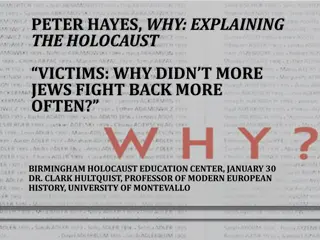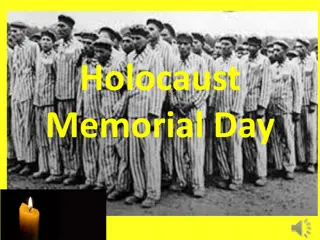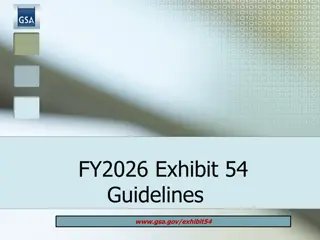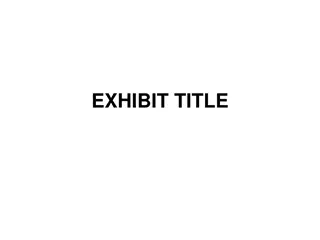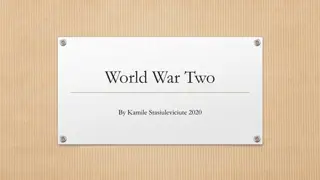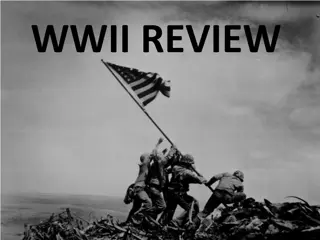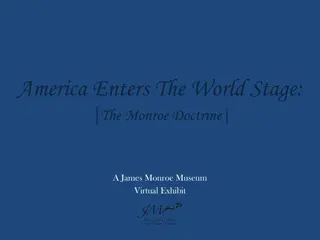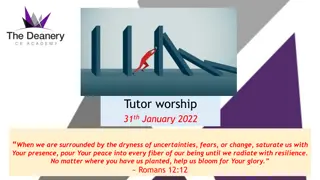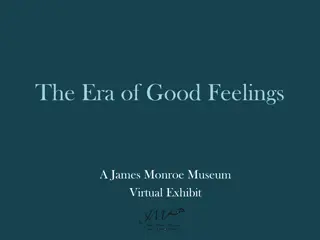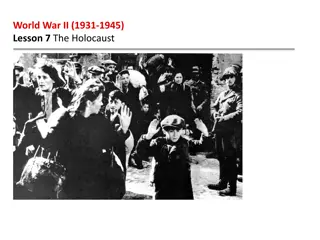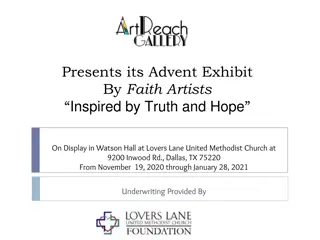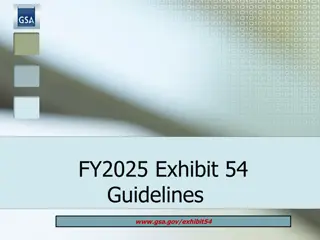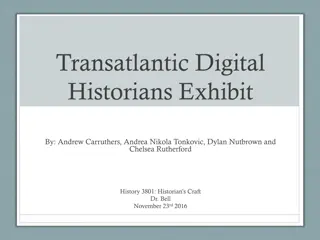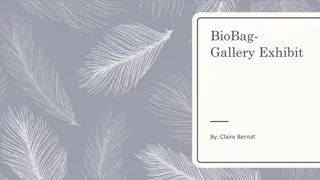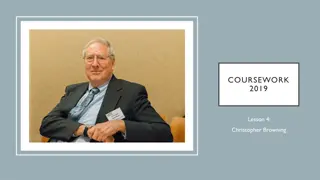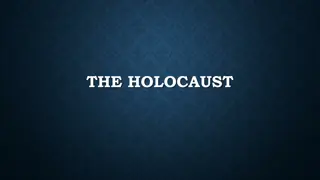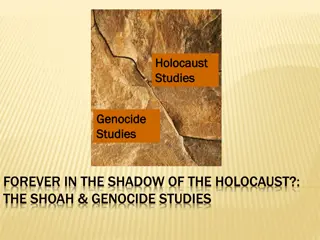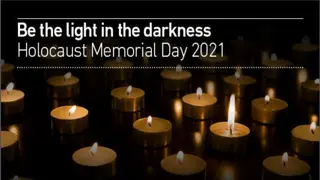
Examining America's Responses to Nazism and Genocide
Explore a traveling exhibition that delves into the motives, pressures, and fears influencing American reactions to Nazism, war, and genocide in Europe during the 1930s and 1940s. Uncover historical reflections, guiding questions, and key concepts, aiming to foster self-reflection, critical thinking, and empathy towards Holocaust education.
Download Presentation

Please find below an Image/Link to download the presentation.
The content on the website is provided AS IS for your information and personal use only. It may not be sold, licensed, or shared on other websites without obtaining consent from the author. If you encounter any issues during the download, it is possible that the publisher has removed the file from their server.
You are allowed to download the files provided on this website for personal or commercial use, subject to the condition that they are used lawfully. All files are the property of their respective owners.
The content on the website is provided AS IS for your information and personal use only. It may not be sold, licensed, or shared on other websites without obtaining consent from the author.
E N D
Presentation Transcript
A traveling exhibition that examines the motives, pressures and fears that shaped Americans responses to Nazism, war and genocide in Europe during the 1930s and 1940s.
Grossmont College Grossmont College April 11 April 11 - - May 23, 2026 May 23, 2026
The Initiative aims to promote: The Initiative aims to promote: An examination of how all parts of American society the government, organizations, the media, popular culture, and the general public responded during the rise of the Nazi threat and as news of the genocide became publicly known Self-reflection and critical thinking about the various factors that shaped attitudes and actions during that moment of crisis and the factors that influence us today
GUIDING QUESTIONS What did Americans know? Did Americans help Jewish refugees? Why did Americans go to war? How did Americans respond to the Holocaust?
KEY CONCEPTS Americans Had Information Americans Faced Many Competing Priorities Americans Debated Americans Responded Americans Focused on Winning the War
Goal #1: Use this topic along with library resources, to aid instructors in a variety of subjects to teach students how to verify the accuracy of news sources and verify reliable resources. Draw parallels between today's "fake news" and "lying press" or Lugenpresse. Goal #2: Bring community members to the exhibit and planned events for honest conversations that will inspire and cultivate empathy within our community. Goal #3: Promote Holocaust and Human Rights education and help students understand the Holocaust's global and enduring consequences by making connections between themes/factors of the 1930s and 1940s
Program Planning Film Showings Book Discussions Holocaust Survivor Stories Guest Lecturers & Panel Presentations Butterfly Project* Amit Peled* Ideas for curriculum integration: Journalism: analyze propaganda Art: depict aftermath, emotions associated with the exhibit Poli. Sci., Humanities, & History: explore how racism and antisemitism manifested in German and the U.S. in the 1930s Literature: Study of History on Trial: My Day in Court with a Holocaust Denier Middle & High School Field Trips
Resources Exhibition Tour Script Americans and the Holocaust Online Exhibition Holocaust Encyclopedia History Unfolded: US Newspapers and the Holocaust Experiencing History: Holocaust Sources in Context Grant Support Materials USCShoah Foundation IWitenss

